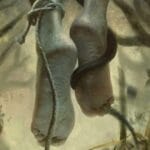History is full of captivating stories, and photographs offer us a unique window into the past. They allow us to see moments frozen in time, preserving the stories of heroes, tragedies, and unexpected events. Here are ten fascinating historical photographs that will leave you in awe.
The First Photo of the Sphinx of Giza
Imagine seeing the Great Sphinx of Giza for the first time! This iconic monument, built over 4,500 years ago, predates photography by millennia. Since the invention of photography in 1826, countless images have been captured of the Sphinx and the Pyramids.
In 1849, Maxime du Camp took what is believed to be one of the first photographs of the Great Sphinx, with the pyramids in the background. At the time, only the chest area of the Sphinx was visible. Another photograph in 1860 showed further excavation had exposed more of the statue. Today, the entire Sphinx is visible, revealing its tail extending to its right rear paw. Interestingly, the nose is the only missing part.
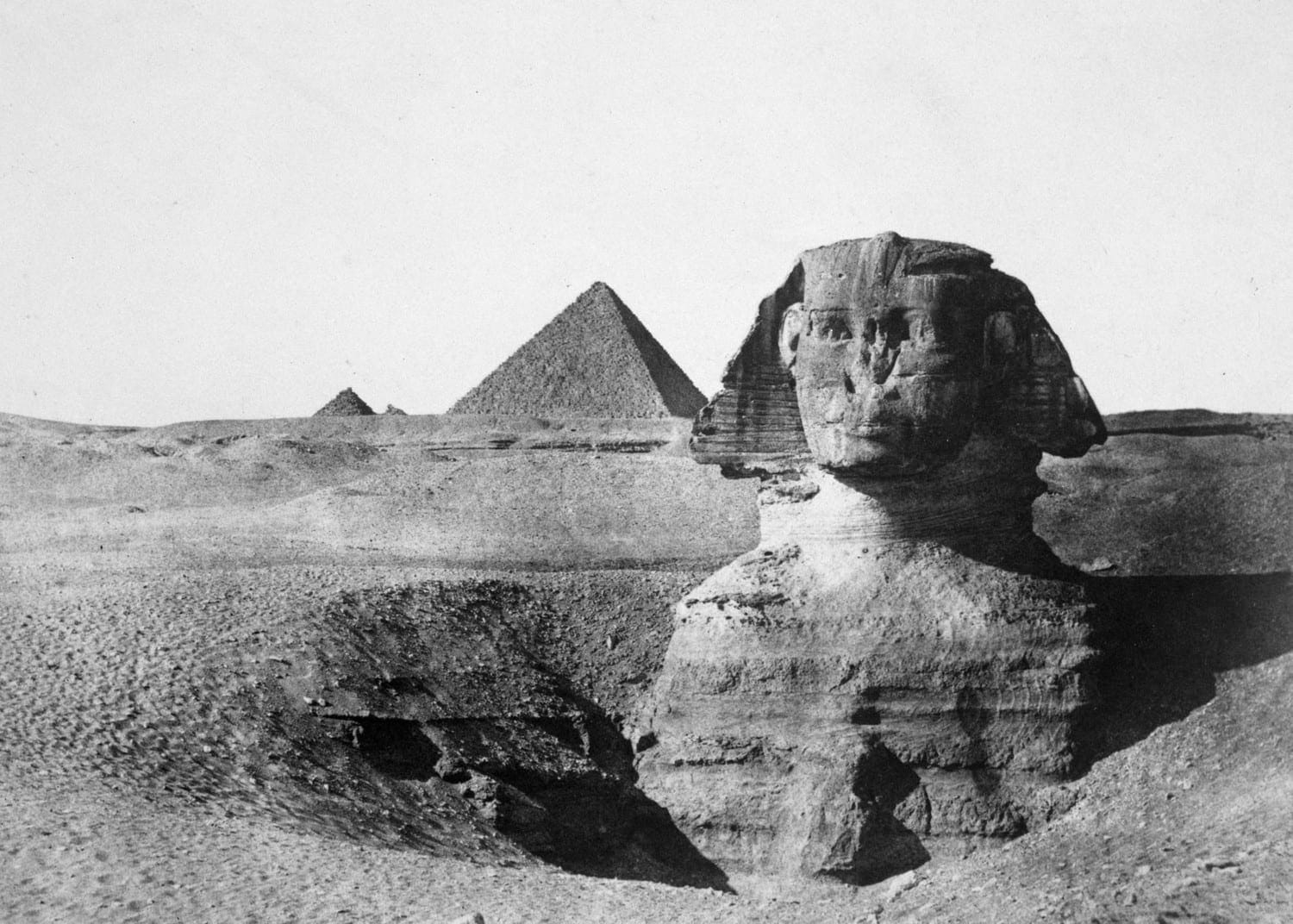
The Splendor of a Mausoleum
The Taj Mahal, a stunning mausoleum, was commissioned in 1632 by Mughal emperor Shah Jahan to house the tomb of his wife, Mumtaz Mahal. After his death, Shah Jahan was also buried there. Legend says that Shah Jahan ordered the hands and eyes of the craftsmen who built the Taj Mahal to be removed, ensuring its beauty could never be replicated.
The first-ever photographs of this magnificent monument were taken by Dr. John Murray between 1858 and 1862. The initial photo shows a side view of the Taj Mahal with the Yamuna River flowing in front of it, capturing its timeless beauty.
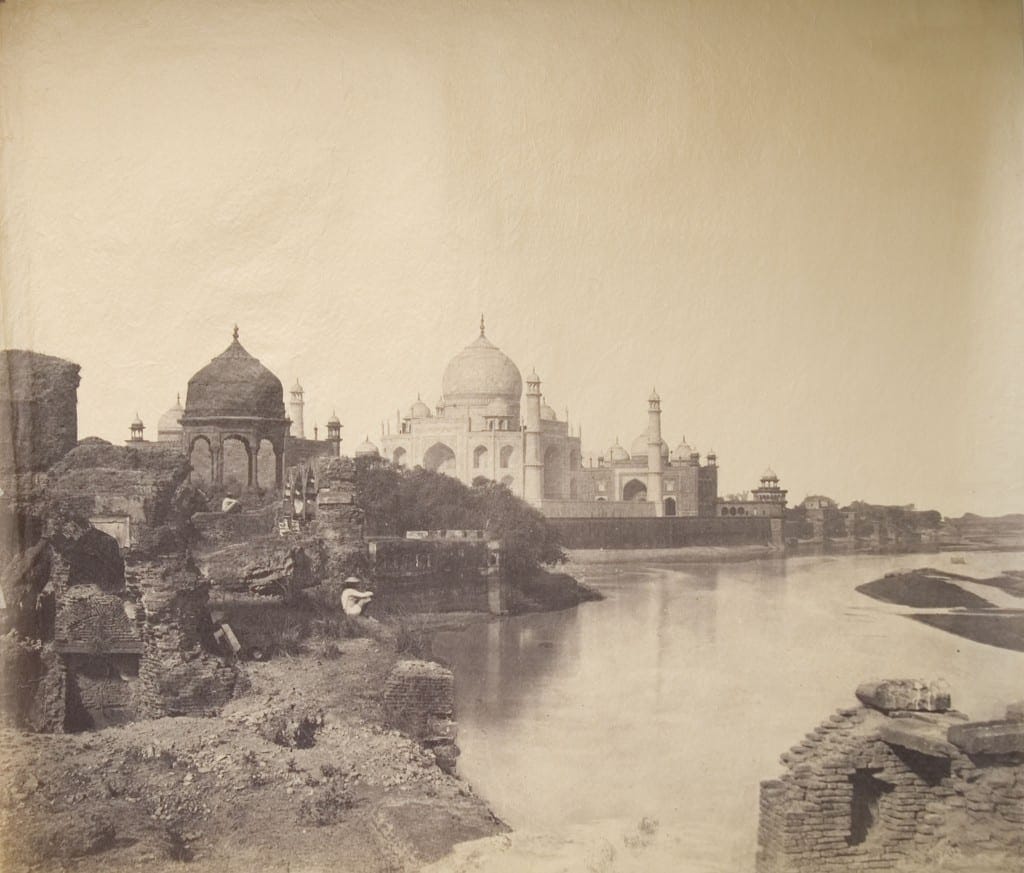
Boating on Yellowstone Lake
Yellowstone National Park is famous for its natural wonders, including Yellowstone Lake, the park’s largest body of water. Native Americans inhabited the surrounding areas long before European travelers arrived in the 19th century. A fishing bridge was built in 1902 but closed in 1973 due to the decline of cutthroat trout.
In 1871, the first documented boat, named The Annie, sailed on Yellowstone Lake. On July 29, 1871, it carried James Stevenson and Henry W. Elliot to Stevenson Island. This small canvas boat was only 12 feet long, marking a historical moment for the lake.
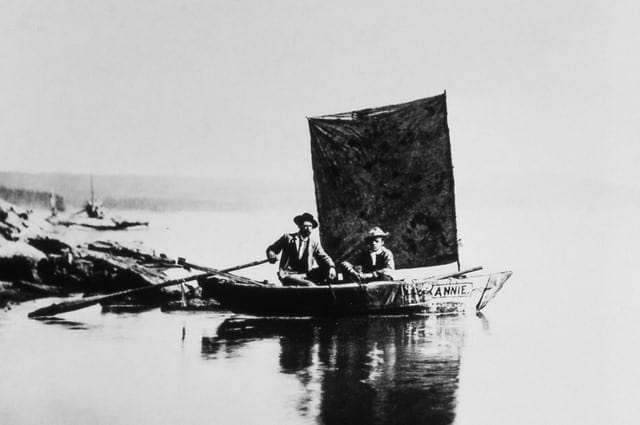
Van Gogh Photo Controversy
Vincent van Gogh, known for his brilliant paintings and the infamous incident of cutting off his ear, created masterpieces like The Starry Night and The Yellow House. Despite his fame, only two photographs of Van Gogh were taken during his lifetime.
One of these photographs sparked controversy when, at a 1957 exhibition, it was claimed to depict a 13-year-old Van Gogh. However, in 2014, a Dutch TV program used advanced imaging to compare it to another photo taken when Van Gogh was 19. The photos didn’t match, leading the Van Gogh Museum to investigate. While they confirmed the 19-year-old photo was indeed Van Gogh, they couldn’t definitively prove the younger photo was him. Many experts now believe it might be his brother, Theo Van Gogh.
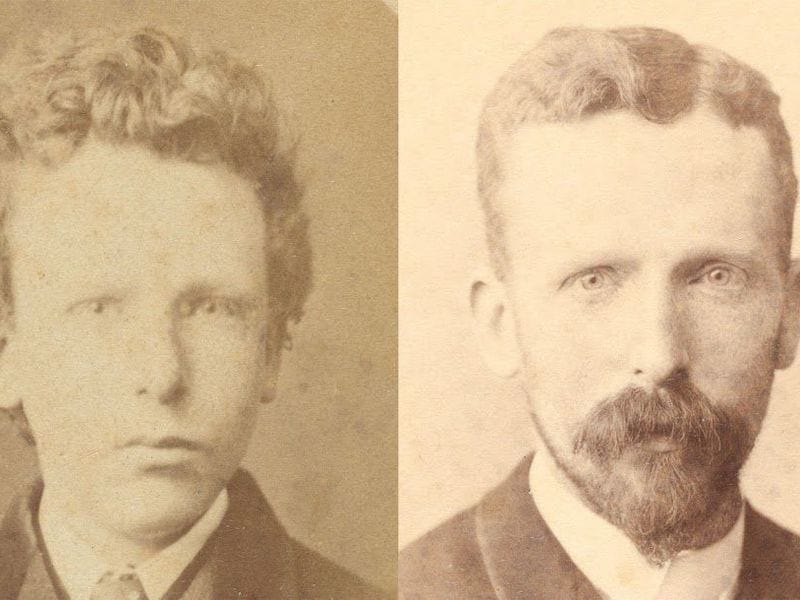
Argiles d’Octeville Dinosaur
Dinosaur fossils have long captivated people worldwide, inspiring books and movies that bring these ancient creatures to life.
In 1898, an excavation in Argiles d’Octeville, Europe, unearthed several Stegosaur bones. Emile Savalle, an amateur geologist, palaeontologist, and archaeologist, photographed the excavation, creating the oldest surviving photographs of a dinosaur excavation in Europe.
Savalle discovered a limestone block on the beach containing fossilized bones. After notifying the Natural History Museum in Le Havre, it was confirmed that the bones were from a dinosaur. Savalle passed away in 1902, and at the time, the skeleton was incorrectly identified as an Iguanodon. It wasn’t until 1911 that the Octeville bones were correctly identified as belonging to a Stegosaur.
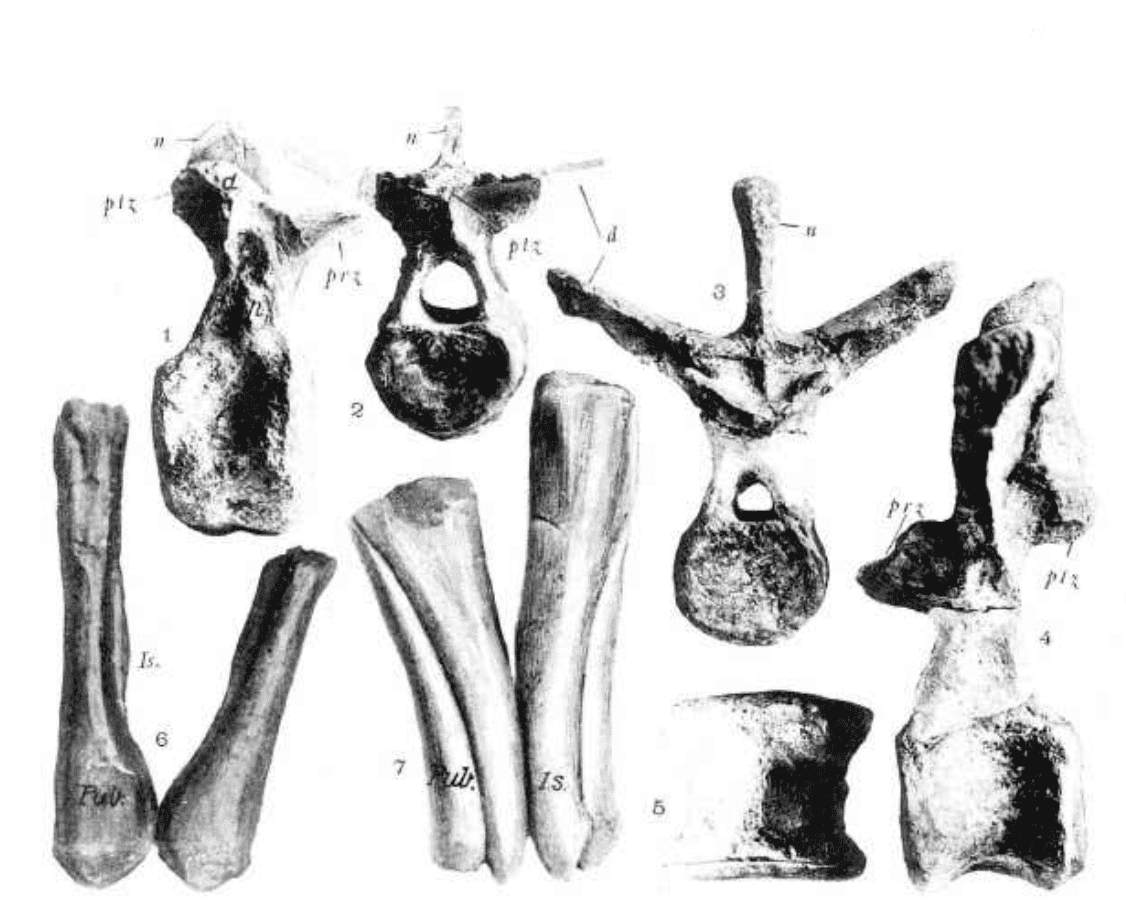
The Smiling Hippo
In 1850, a charming baby hippopotamus was found on an island in the White Nile and gifted to England in exchange for deerhounds and greyhounds. Obaysch, named after the island, arrived in London to a jubilant crowd. His new home at the Zoological Gardens saw visitor numbers double overnight.
Obaysch appeared to smile whenever he napped, becoming one of the first ‘star’ animals and the first hippo in Victorian Britain. He once escaped the zoo, and legend says a zookeeper was used as ‘bait’ to lure him back. In 1854, a second hippo named Adhela joined him. They produced a calf named Guy Fawkes in 1872, who survived after their first two calves died shortly after birth.
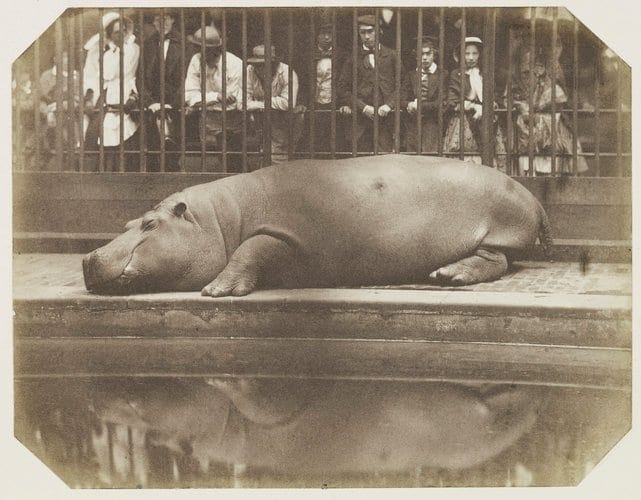
Table Mountain Cableway
Table Mountain in Cape Town has inspired awe for centuries. In 1790, Lady Anne Barnard became the first Capetonian woman to climb the summit on foot. By 1912, plans for a cableway were underway, and it officially opened on October 4, 1929.
Since then, over 20 million people have traveled to the top via cable car, including celebrities like Arnold Schwarzenegger and Oprah Winfrey, as well as explorers Sir Edmund Hillary and George Lowe.
The first cable car resembled a wooden box with windows, which might not inspire much confidence today. However, the cableway boasts a 100% safety record throughout its long history, with no accidents since its inception.
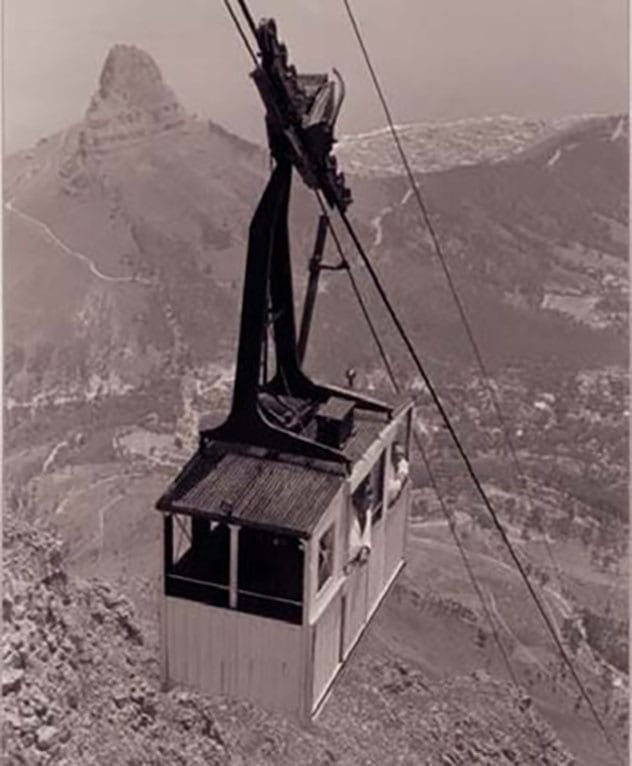
Into the Jaws of Death
Countless photographs capture the horror and tragedy of war, showcasing both the aftermath of battles and the psychological impact on soldiers and their families. Many of these images, taken during combat, illustrate the terrible conditions and terrifying actions soldiers faced.
On June 6, 1944, Robert F. Sargent captured a poignant photograph of American soldiers disembarking from an LCVP at Omaha Beach during WWII. Titled “Taxis to Hell – and Back – Into the Jaws of Death,” the original caption described the soldiers wading through perilous waters towards the Normandy beach amidst enemy fire.
This photograph is one of the most famous images of D-Day. Nearly 10,000 soldiers died during D-Day and are buried in the Normandy American Cemetery, overlooking Omaha Beach. Over 1,500 soldiers’ bodies were never recovered.
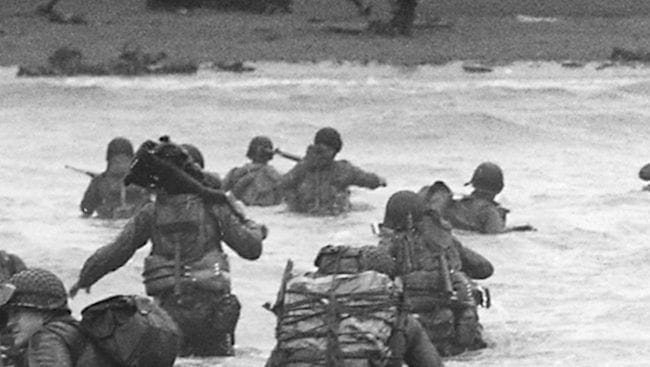
Balancing on Top of the World
If you’re afraid of heights, this photo might make your palms sweat!
Acrobats Jarley Smith, Jewell Waddek, and Jimmy Kerrigan, known as the ‘Three Jacksons,’ performed a daring routine on a ledge on the 86th floor of the Empire State Building on August 21, 1934. They showcased an intricate balancing act, creating a stunning human sculpture high above the city.
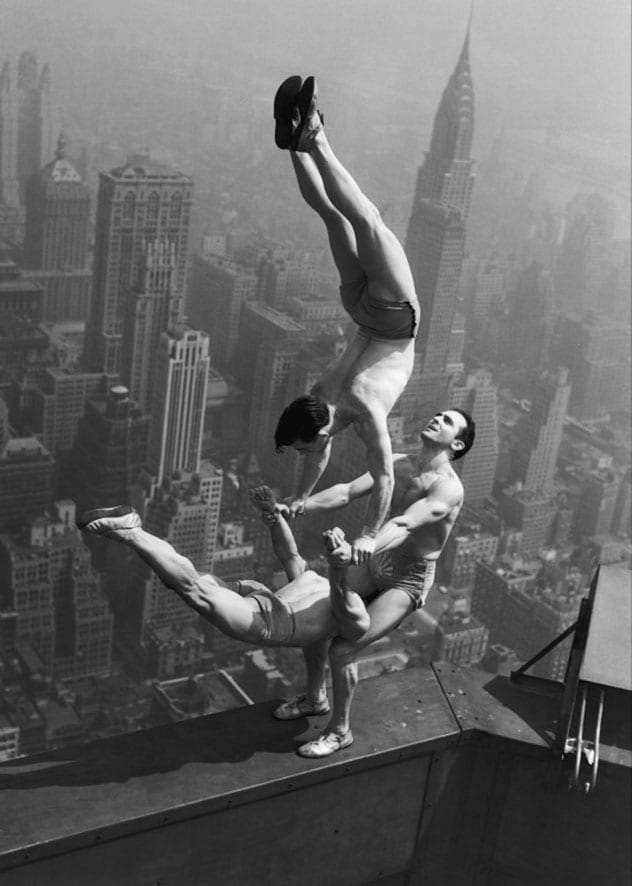
Kangaroos in Egypt
This is a truly unique photograph. In it, the Pyramids of Giza stand behind a line of soldiers, one of whom is standing next to a kangaroo!
During the First and Second World Wars, Australian troops smuggled kangaroos and other animals to different parts of the world as symbols of Australia. This is how the kangaroo in the photograph ended up in Egypt. Some soldiers even smuggled koalas and possums. Initially, many Egyptians were fearful of the strange marsupials until they were informed that kangaroos were harmless unless provoked.
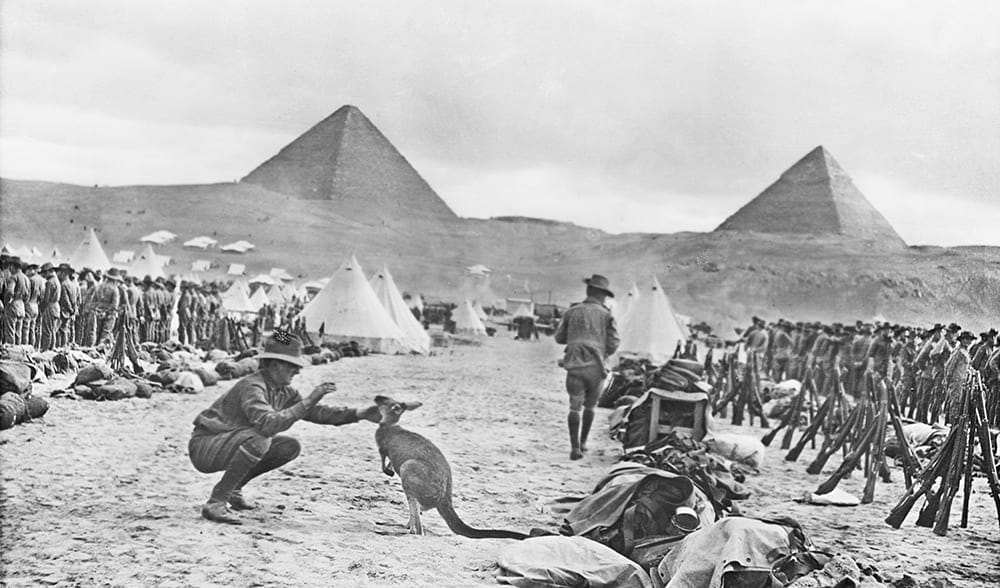
These historical photographs offer a glimpse into the past, capturing incredible moments and stories that continue to fascinate us today. Each image tells a unique tale, preserving history in a visual format.
Which photo surprised you the most? Leave your comment below!




